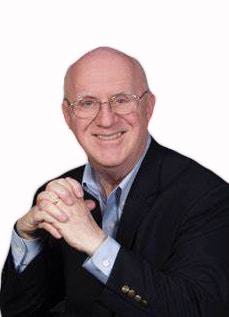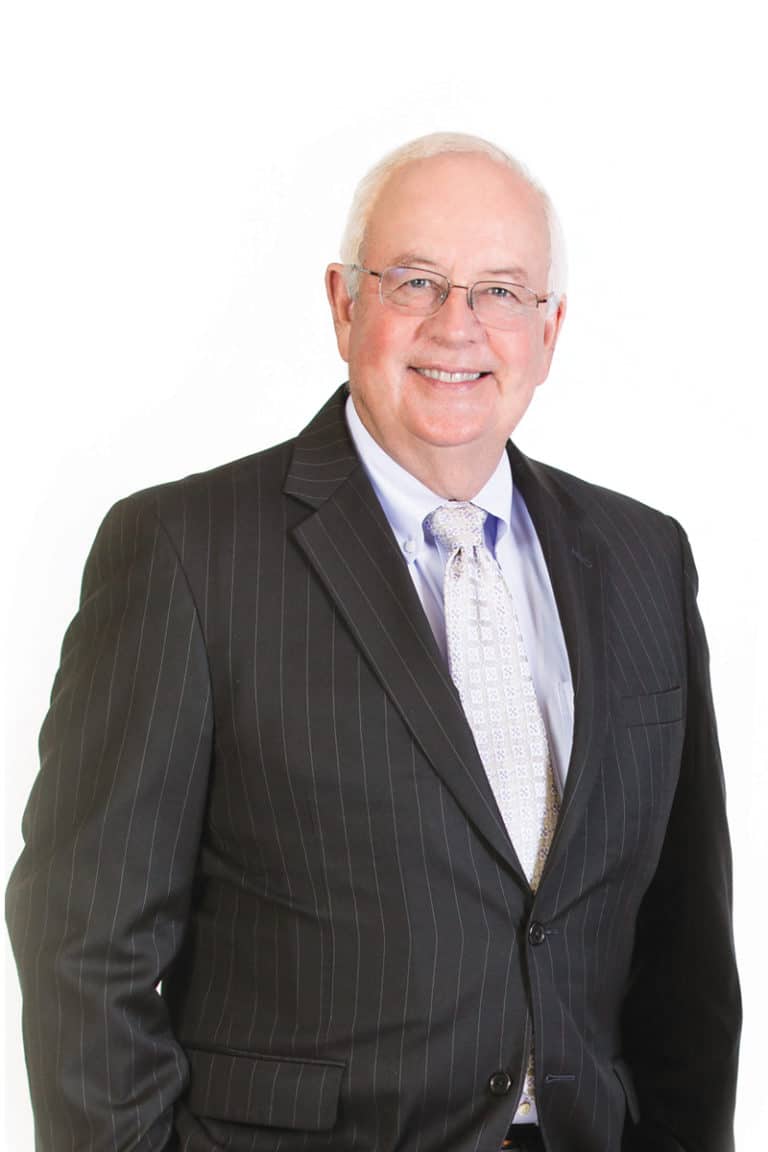Our Attorneys
The Lanier Law Firm has experienced, passionate attorneys in Houston, New York, and Los Angeles. To find attorneys, select location(s) and/or practice area(s) below. Click the attorney profile to learn more.
Browse Attorneys
Browse Attorneys

W. MARK LANIER
Founder

Alex Abston
Senior Attorney

Sara Abston
Attorney

Michael A. Akselrud
Senior Attorney

Jonathan Armour
Senior Attorney

Natalie Armour
Senior Attorney

Robert Arthur
Senior Attorney

Leila Ayachi
Senior Attorney

Darron E. Berquist
Managing Attorney Asbestos Litigation

Alex Brown
Managing Attorney, Business Litigation

Harvey Brown
Of Counsel

Manny Cabrera
Senior Attorney

M. Michelle Carreras
Senior Attorney

Julian Cokic
Senior Attorney

Case A. Dam
Senior Attorney

Zeke DeRose
Senior Attorney

Ryan Ellis
Senior Attorney

Michelle Greene
Senior Attorney

Abigail Harris
Attorney

Catherine Heacox
Senior Attorney

Dara Hegar
Firm Managing Attorney

Alex Henthorn
Attorney

Felicia M. Hubert
Senior Attorney

Evan M. Janush
Managing Attorney, New York

Andrea Johnstone
Attorney

Maura Kolb
Managing Attorney, Asbestos Resolution

David Kuttles
Senior Attorney

Kevin LaMarca
Senior Attorney

Rachel Lanier
Managing Attorney, Los Angeles

Sarah Lanier
Attorney

L. Randolph “Randy” Lowry III
Settlement Counsel

Alfred Mackenzie
Senior Attorney

Benjamin T. Major
Attorney

Skip McBride
Of Counsel

Patrice McKinney
Senior Attorney

Caroline McLeod
Senior Attorney

Richard D. Meadow
Of Counsel
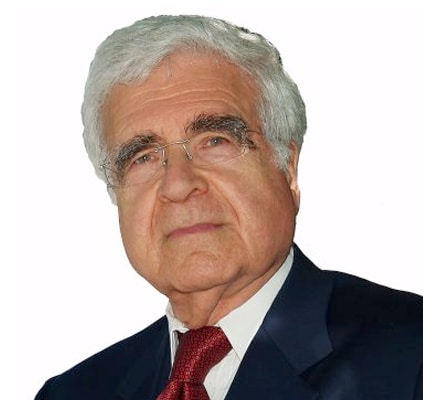
Arthur R. Miller
Of Counsel

Kevin P. Parker
Managing Attorney, Issues & Appeals

Rebecca Phillips
Mass Torts Director

Christopher Phipps
Senior Attorney

Benjamin Pyle
Senior Attorney
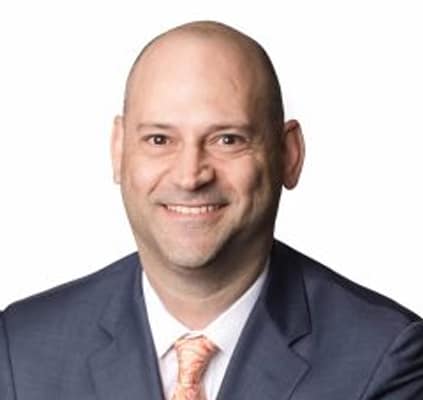
David L. Rosenband
Senior Attorney
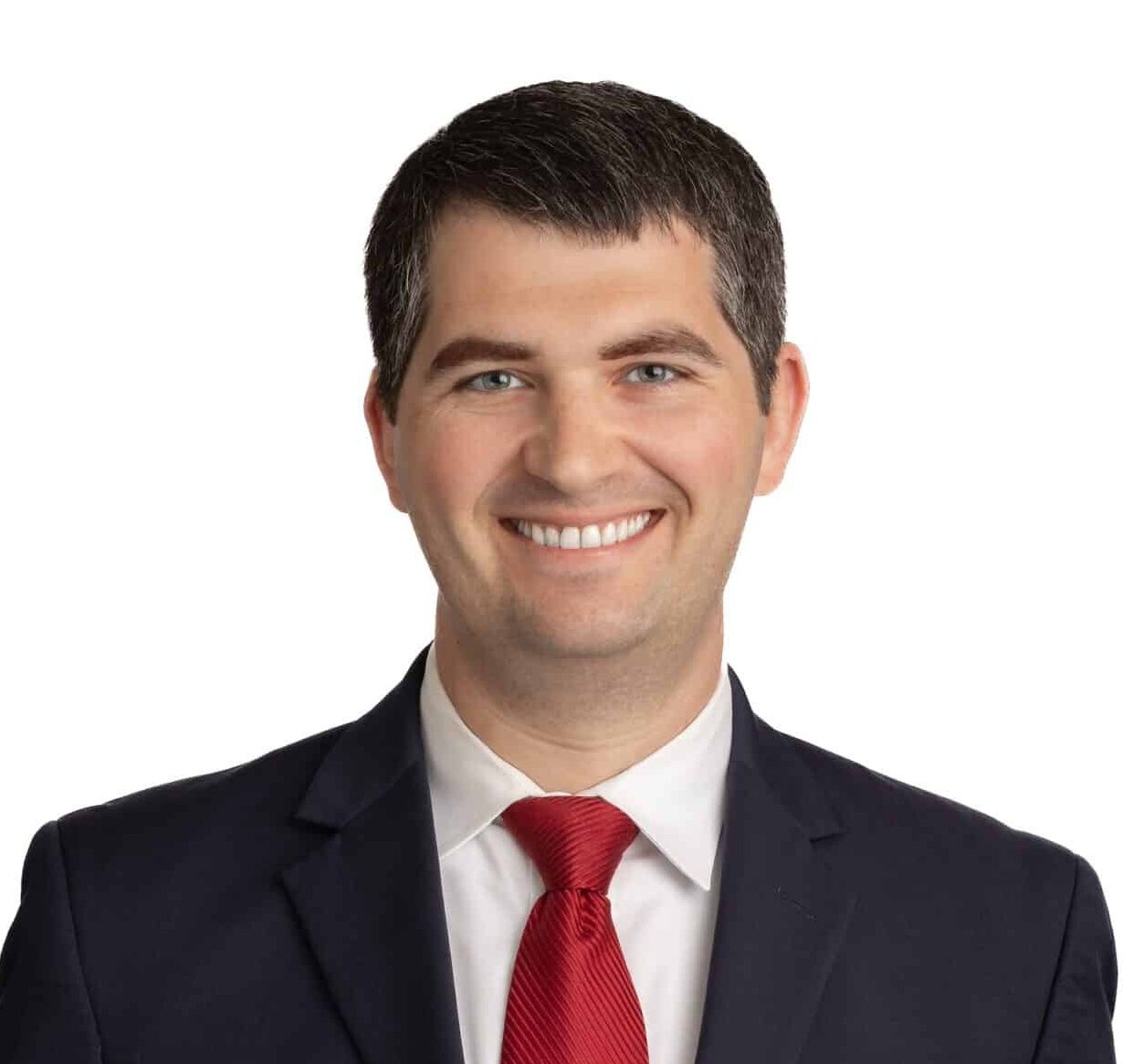
Kyle Schnitzer
Senior Attorney

Kent C. Sullivan
Of Counsel

Sam E. Taylor
Senior Litigation Counsel

Joshua Upham
Attorney

Megan Waida
Senior Attorney

Dwana Waltman
Managing Attorney, Intake

Judson A. Waltman
Managing Attorney

Meredith Waltman
Attorney

Lynda Lee Weaver
Senior Attorney

Andy West
Senior Attorney

Jonathan Wilkerson
Senior Attorney

Lawrence P. Wilson
Senior Attorney


